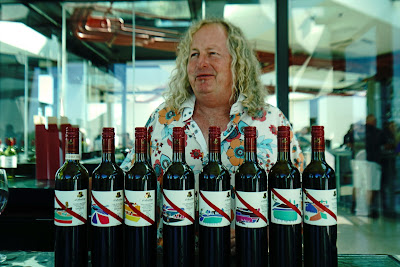I reviewed the 2006 Penfolds 389 Cabernet/Shiraz in 2013. Today I will describe how it has evolved since then.
This is an attractive wine at 13 years of age. This full-bodied wine still shows plenty of primary fruit. Blackberry and plum flavours lead to a rounded mouthfeel. Six years ago, the wine was more powerful than elegant. The balance has now shifted. Secondary flavours of earth and meat are a support act. They add complexity, but stay in the background. The firm tannins have further mellowed.
Most Penfolds wines are drunk way too young. This wine is more satisfying now than at seven years of age. This is the Penfolds style. It takes many years for their better wines to develop complexity, to balance and become truly harmonious.
Score: 94/++
This is an attractive wine at 13 years of age. This full-bodied wine still shows plenty of primary fruit. Blackberry and plum flavours lead to a rounded mouthfeel. Six years ago, the wine was more powerful than elegant. The balance has now shifted. Secondary flavours of earth and meat are a support act. They add complexity, but stay in the background. The firm tannins have further mellowed.
Most Penfolds wines are drunk way too young. This wine is more satisfying now than at seven years of age. This is the Penfolds style. It takes many years for their better wines to develop complexity, to balance and become truly harmonious.
Score: 94/++
















